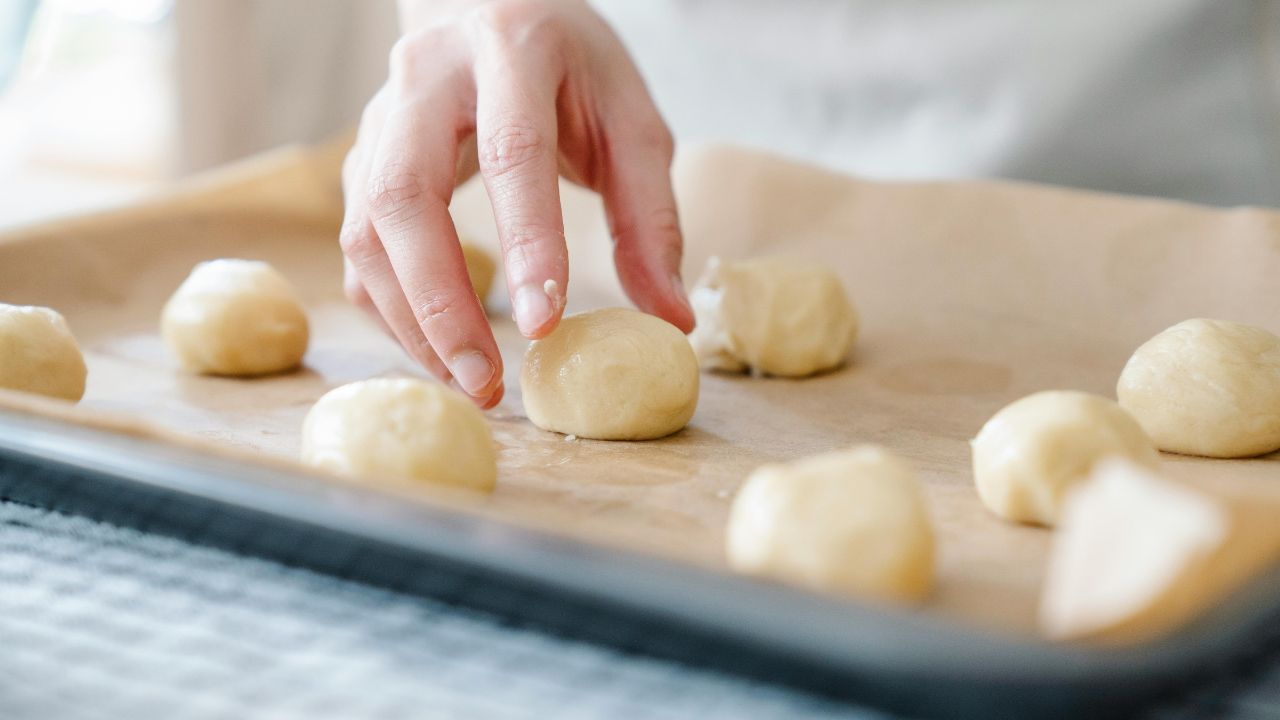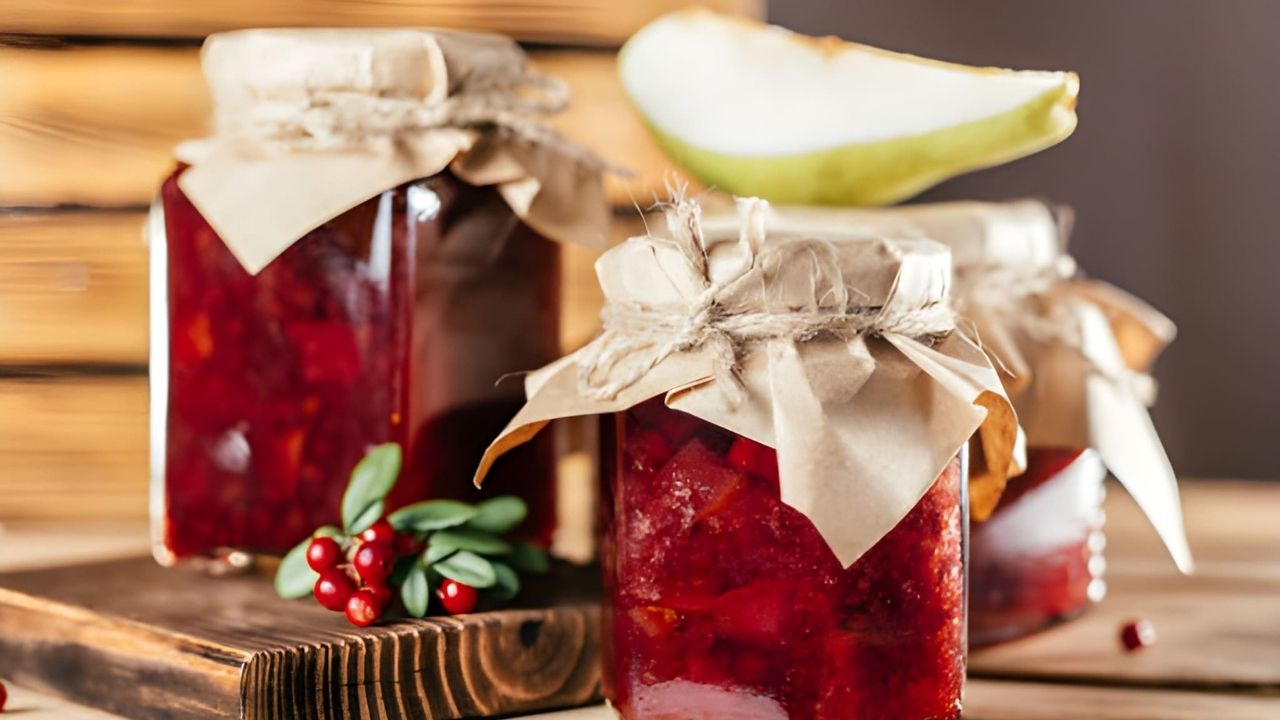When it comes to baking, every step is crucial. From kneading dough to rolling it out, selling the right product, and sifting flour – each stage plays a role in creating perfect baked goods. Kneads rolls sells sifts are the foundation of every bakery’s success. These actions transform simple ingredients into something extraordinary. Whether you’re a novice baker or a seasoned pro, understanding these processes can take your baking skills to the next level.
In this article, we will explore the importance of kneading, rolling, selling, and sifting in the baking process. You’ll learn how each step contributes to the texture, flavor, and overall success of your baked goods. Additionally, we’ll discuss the tools you need and how to perfect each action to create mouthwatering treats that will keep customers coming back for more.
Kneads Rolls Sells Sifts: The Art of Kneading Dough
Kneading is one of the most important steps in baking. It’s the process of working dough by hand to develop gluten, which gives bread its structure and chewy texture. Kneads rolls sells sifts begin with this foundational step. When kneading dough, the key is to apply just the right amount of pressure to create elasticity without overworking it.
Why Kneading is Essential in Baking
Kneading is necessary for activating gluten in flour. The more you knead the dough, the stronger and more elastic the gluten becomes. This is what helps bread rise and gives it a soft, airy texture. For rolls, kneading ensures that the dough rises evenly, creating the perfect fluffy bite.
Too much kneading can make the dough tough and dry, while too little can result in flat, dense rolls. Proper kneading is all about balance. You want to ensure that your dough is smooth and elastic but not overly stiff.
Tools for Kneading
While kneading by hand is a great way to feel the dough’s texture, you can also use a stand mixer with a dough hook for faster results. This tool allows you to knead for the right amount of time without wearing yourself out. Make sure to flour your hands and your working surface to avoid sticking.
Sifting Flour: Why It’s Important in Baking
Sifting is often overlooked, but it’s a critical step in the process. Kneads rolls sells sifts flour correctly to ensure a fine texture. Sifting helps remove lumps and aerates the flour, which is crucial for lighter, fluffier baked goods.
How Sifting Affects the Texture of Baked Goods
When flour is sifted, it combines with air to make it lighter and easier to incorporate into the dough. This is especially important when baking cakes or delicate pastries. Without sifting, the flour can become compacted, which may result in heavy, dense baked goods.
For bread and rolls, sifting ensures that your dough is light and fluffy. If you’re making soft rolls, sifting the flour gives the dough a better texture by eliminating any clumps that might cause uneven rising.
Sifting Techniques
To sift flour, you can use a fine mesh sieve or a flour sifter. Both tools are designed to break up any clumps in the flour and evenly distribute it. Hold the sifter or sieve over your bowl and gently tap to let the flour fall in evenly. If your recipe calls for multiple dry ingredients, sift them together to ensure uniform distribution.
Rolling Dough for Perfect Rolls
Once your dough is properly kneaded and your flour sifted, it’s time to roll out your dough. Kneads rolls sells sifts as part of a carefully executed process. Rolling is a delicate art that requires precision to achieve even thickness, especially when making rolls.
The Importance of Rolling in Baking
Rolling dough serves multiple purposes. It helps to flatten the dough to the desired thickness and shape, which is essential for making rolls that are uniform in size. Properly rolled dough ensures that each roll bakes evenly and rises properly.
Rolling also helps to release excess air from the dough and forms the structure necessary for even cooking. When it comes to rolls, the thickness of your dough should be uniform so that each roll rises in the same manner.
How to Roll Dough Evenly
To roll dough evenly, make sure your surface is floured to prevent sticking. Use a rolling pin and apply gentle, consistent pressure to avoid tearing the dough. Start from the center and roll outward, turning the dough periodically to ensure an even thickness.
If you’re making individual rolls, use a sharp knife or pizza cutter to slice the dough evenly. This ensures each roll will be the same size and bake consistently.
Selling Your Baked Goods: From the Kitchen to the Customer
Kneads rolls sells sifts also includes the important aspect of selling your delicious creations. Selling your baked goods is just as important as the baking process itself. Whether you’re running a bakery, selling at a farmers’ market, or offering treats for special events, marketing and presentation can help you attract customers.
Building Customer Relationships
Building a customer base is about more than just making good products. It’s about creating an experience that will keep people coming back for more. Make sure your customers are engaged and feel appreciated. Offer loyalty programs, seasonal specials, and always maintain a friendly, welcoming attitude.
Packaging and Presentation
Presentation is key when selling baked goods. Make sure your rolls and other baked treats are beautifully packaged. The packaging should reflect the quality of your product and make it easy for customers to take home or gift. Consider using clear plastic containers or decorative boxes to show off the freshness of your baked goods.
The Essential Tools for Baking: Kneads Rolls Sells Sifts
To master the art of baking, you need the right tools. Here are some essential items to help you knead, sift, and roll your dough with precision:
- Stand Mixer or Dough Hook: Perfect for kneading dough without straining your hands.
- Rolling Pin: For rolling dough evenly and efficiently.
- Flour Sifter or Fine Mesh Sieve: To ensure your flour is light and free from clumps.
- Baking Sheets and Pans: For evenly cooking your rolls and other baked goods.
- Packaging Supplies: To present your creations beautifully when selling them.
Conclusion: Perfecting Kneads Rolls Sells Sifts
Baking is a craft that combines precision, skill, and the right tools. Kneads rolls sells sifts is not just a process but an art form. From kneading your dough to rolling it out perfectly, selling it in an attractive way, and sifting your flour, each step ensures your baked goods are of the highest quality.
By mastering these techniques, you can elevate your baking game and create mouthwatering rolls that will leave your customers craving more. Whether you’re baking for yourself or selling your creations, the right techniques and tools will ensure you’re always a step ahead.
FAQs About Kneads Rolls Sells Sifts
1. What does “kneads rolls sells sifts” mean in baking?
The phrase “kneads rolls sells sifts” refers to key actions in the baking process. It highlights the essential steps involved in creating baked goods—kneading the dough, rolling it out, sifting the flour, and selling the finished product. Each action plays a crucial role in ensuring the final product is high quality, whether you’re baking rolls, bread, or other baked treats.
2. Why is kneading dough so important in baking?
Kneading is vital because it develops gluten in the flour, which provides structure to your dough. It also helps to evenly distribute the ingredients and gives the dough its elasticity. When kneading, you’re activating the proteins in the flour, which helps create a chewy, soft texture in rolls and bread. Without proper kneading, your dough may not rise properly or have the right texture.
3. What is the purpose of sifting flour in baking?
Sifting flour is essential for removing lumps, aerating it, and ensuring it is evenly distributed in the dough. Sifting makes the flour lighter and easier to incorporate, preventing clumps in your dough. This results in smoother, lighter baked goods, especially when baking delicate items like cakes or rolls. Sifting also helps mix dry ingredients like baking powder, salt, and cocoa powder evenly.
4. How do I roll dough evenly for perfect rolls?
Rolling dough evenly is important to ensure that each roll bakes uniformly. Start by flouring your surface and rolling pin to prevent sticking. Roll from the center outward, applying consistent pressure. Periodically turn the dough to maintain even thickness. Use a pizza cutter or sharp knife to divide the dough into equal portions for uniform rolls. Rolling your dough to the right thickness ensures your rolls rise evenly and bake to perfection.
5. How can I sell my baked goods effectively?
Selling baked goods requires attention to presentation, quality, and customer service. First, ensure your products are beautifully packaged and reflect the quality you want to convey. Offering samples, setting up at local markets, or selling through online platforms can help you reach potential customers. Building strong customer relationships and offering promotions or loyalty programs can also encourage repeat business. Always ensure your baked goods are fresh, and pay attention to packaging to make your products stand out.
6. What tools do I need for baking that involves kneading, sifting, and rolling?
Some essential tools for baking include a stand mixer or dough hook for kneading, a rolling pin for rolling dough evenly, and a flour sifter or fine mesh sieve for sifting flour. Baking sheets and pans are necessary for baking, and packaging supplies are essential for selling your products. Having the right tools will make the entire process smoother and more efficient, ensuring you achieve the best results in your baking.
7. Can I bake rolls without kneading the dough?
While it’s possible to make no-knead bread and rolls, kneading significantly improves the texture and rise of traditional rolls. Kneading helps to develop gluten, which gives rolls their chewy, airy texture. Without kneading, the dough may not rise properly, and the rolls could turn out denser. However, if you’re short on time, no-knead recipes can be a convenient alternative.



